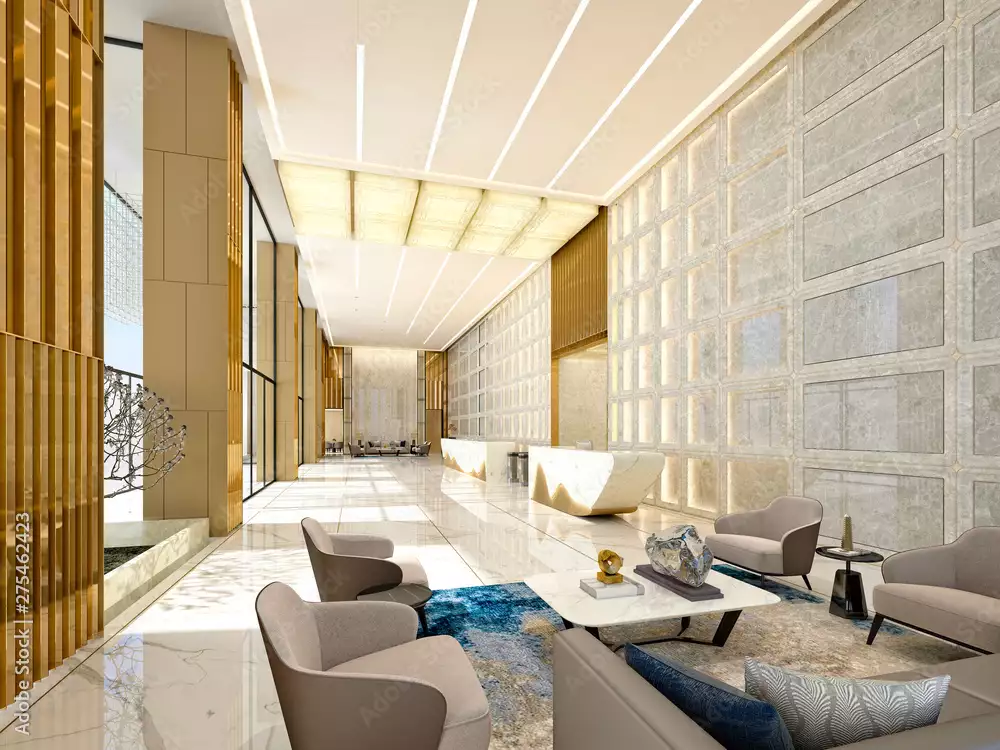Rather than scheduling an appointment at a doctor's office or making their way to the local urgent care center, patients simply walk in to a telemedicine stand like DURUS DH-600 to communicate with a doctor and get almost instantaneous feedback regarding a health issue.
If a patients needs to "visit" a doctor, they simply go to a stand at their local shopping center or perhaps just down the hall from their cubicle at work. Inside of the private structure, they can collaborate with a doctor on a large flat screen. The doctor and patient may be separated by hundreds of kilometers, but that doesn't stop the doctor from updating the ATLAS history and doing an exam remotely.
Thanks to attached digital medical devices (e.g. ECG 12-leads ultrasound, otoscopes, digital stethoscopes, and an array of other sensors), doctors can collect all of the information they need to make a decision about the next steps in a patient's workup.
When they are done, they update the records at ATLAS and write any needed prescriptions to the patient's folder. It is no different than sitting face to face with the doctor, except of course that it is more convenient and you don't have to worry about picking up the latest virus that might be lingering in the waiting room.




As hospitals and clinics concentrate on keeping non-emergent cases out of their facilities to make room for more critical cases, the use of DH-600 and DH-800 services have increased. With that, people are gaining a greater comfort level using alternative healthcare methods to communicate with doctors. DH-600 and DH-800 can be placed in private areas of locations like pharmacies, schools, big box stores and large businesses will not only provide access to medical care from a distance, but can be outfitted with special devices (e.g. Ultrasound, 12-lead ECG etc.) to help doctors retrieve necessary information.
DH-600 and DH-800 can also provide convenience to places with immune-compromised or elderly individuals like group homes and assisted living care facilities. These models supported simultaneously by the ATLAS and the P2PV can provide on-site healthcare easily and efficiently, reducing the need to risk exposure at a clinic or make travel arrangements for seniors to visit the doctor.
All the DH models are structured on DURUS core and are able to support a number of telemedicine services via internal and external modules. The following list presents main and optimal features:
The DURUS™ STAND DH-600 is a Telemedicine node that can integrate the P2PV videoconferencing system and the ATLAS allowing teleconsultation or telemedicine services in total autonomy. The remote doctors via ATLAS interface has therefore access to the patient without leaving his office.
